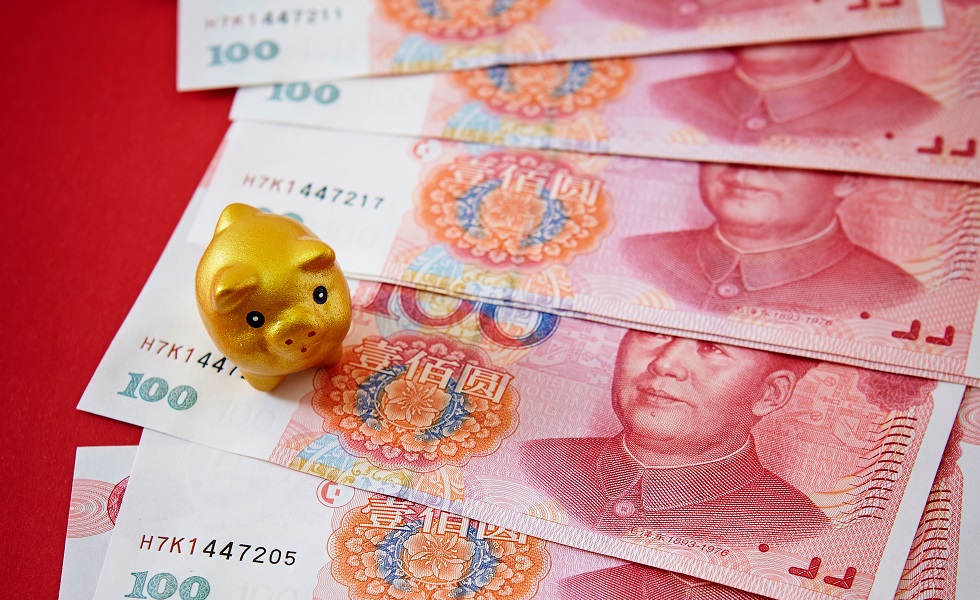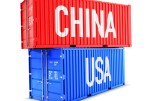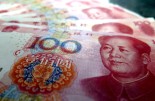Fidelity: Why fixed-asset investment is on the move in China

Investment remains a major driver of China’s economy, but priorities are shifting from property to manufacturing.
That shift has huge implications for the shape and sustainability of the country’s growth path and is partly reflected in this year’s official 5 per cent GDP target.
When it comes to economic rebalancing, China is putting its money where its mouth is.
The top priority is to shift the economy away from property-driven growth to a more sustainable model relying on consumption and manufacturing. That was made clear this week at the annual meeting of the National People’s Congress that started on March 5, where President Xi Jinping said the manufacturing industry must always be a pillar of strength for China and pledged to take forceful measures to boost high-end manufacturing. Outgoing premier Li Keqiang stressed the importance of giving priority to consumption in the government’s annual report, while underlining the need to prevent disorderly expansion by property developers.
This week’s Chart Room shows why all this talk of rebalancing is more than lip service. Drilling into the components of China’s fixed-asset investment in the past three years, it’s clear how the pandemic and the government’s property curbs caused a significant slowdown in real estate investment. But by contrast, growth in manufacturing investment remained at elevated levels despite production disruptions due to lockdowns. Meanwhile, investment in infrastructure also grew faster than manufacturing and property last year as policymakers used it as a counter-cyclical tool to offset downward pressure on the economy.
China’s statistics bureau is scheduled to announce combined data for January and February on March 15.
New priorities
We think these investment trends reflect a shift in priorities that may lead to slower, but more sustainable, growth. China set a modest GDP growth target of 5 percent for this year, indicating policymakers’ reluctance to shore up the economy with the type of large-scale stimulus that could risk spurring excessive leverage growth in the public and private sector.
The new investment focus is also partly a response to rising geopolitical tensions. China has been aiming for greater self-reliance in science and technology partly to counter US curbs. We expect Chinese policymakers will continue to step up supports for homegrown firms working in sectors like semiconductors, advanced machinery and new technologies such as artificial intelligence, electric vehicles and green energy.
Property investment is unlikely to rise back to levels seen a few years ago, but even so, a stable real estate sector is key to China’s recovery in the short term. Officials have relaxed funding curbs for developers and loosened purchase restrictions in some cities to avert a property slump.
Looking forward, we expect the government will continue to lend strong support to the manufacturing sector, while real estate investment will stabilise at lower levels. Infrastructure investment will likely increase too, with less emphasis on pouring concrete for roads and bridges and a bigger focus on "new infrastructure" like 5G network, intercity high-speed rail and research and development facilities.








